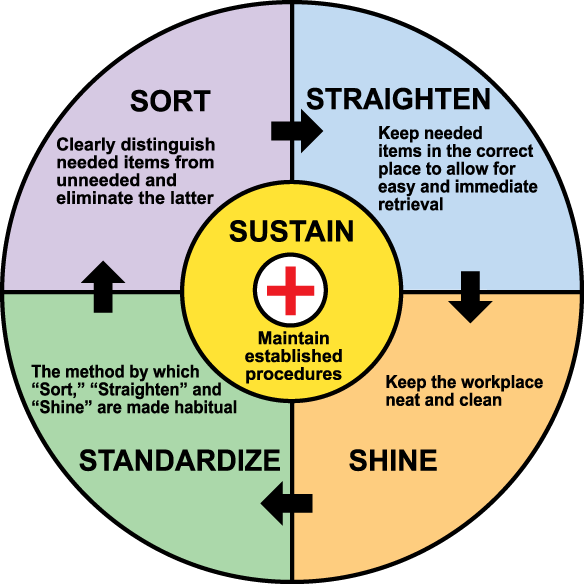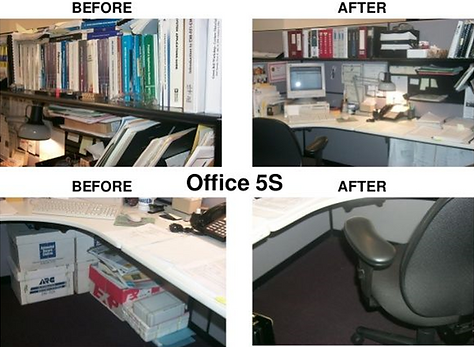Overview
The 5-day Lead Auditor training course aims to provide participants with the knowledge, and develop the skills and expertise necessary to:
-
Audit a Quality Management System (QMS) based on ISO 9001:2015
-
Ensure that the organization is competent in maintaining and continually improving its QMS
-
Perform third party audits by applying widely recognized audit principles, procedures and techniques
-
Proficiently plan and perform internal and external audits in compliance with ISO 19011 and the certification process according to ISO 17021.
-
Manage audit teams and audit programmes, communicate with customers, resolve conflicts, etc.
Based on practical exercises, the participants will master the audit tools and techniques.

ISO 13485: 2016
Lead Auditor


First time you visit our website?
Empower Your Team with Industry-Leading Training Programs
Tailored corporate training for leadership, technical skills and professional development
-
We serve corporate clients investing in peoples' knowledge, skills, and competencies, to improve business performance, enhance process, product and service quality, and achieve sustained growth and profitability.
-
We understand the meaning of the business terms "Voice of the Customer" and what constitutes "value" from the customer's point of view.
-
We also understand the difference between "value" and "waste" from the business and individual learner point of view.
-
-
We care about the people, the knowledge enhancement of which is entrusted to us by their organisation or themselves.
-
We focus on learning (not just on training, and issuing certificates) and providing post-training advice and support through workshops and consulting services.
Stratos Lazaridis
CEO The Marvel Academy
Corporate Training Solutions
Mob: +44 (0)749 114 7156
Contents
-
Introduction
-
Overview
-
Who should attend
-
Learning objectives
-
Course agenda and content
-
Prerequisites
- Training approach
- Examination
- Certification
-
General course information
5S for Workplace Organisation
Introduction
5S is an organisational method. It describes how to organise the workplace by improving/ optimising the layout of the workspcespace. This improves the flow of materials and information in a business section.
It originated from the Toyota Production System (TPS) and uses a list of five Japanese words that start with the letter "S": Seiri, Seiton, Seiso, Seiketsu, and Shitsuke.
-
These have been broadly translated in English as: Sort, Set In order, Shine, Standardize and Sustain.
The above list describes how to organize a work space for efficiency and effectiveness by identifying and storing the items used, maintaining the area and items, and sustaining the new order. The decision-making process usually comes from a dialogue about standardization, which builds understanding among employees of how they should do the work
It is one of the most widely adopted techniques from the Lean manufacturing toolbox. The main objective of 5S is to create a clean, orderly, and safe working environment, where there is a place for everything and everything is in its place, clean and ready to use. 5S makes it easier for people to do this without wasting time.
Training Course details
-
1 day (09.00 - 17.00 GMT)
-
Online instructor-led via zoom.us
-
£350 + VAT per delegate
-
Deadline for payment/ registration: 2 calendar days before course start
-
Included: 1 day online instructor-led training, delegate workbook, online exam, and certificate.
Overview
This 1-day training course provides the necessary knowledge to those interested to improve productivity and effectiveness within a workplace.
This 5S Training is designed to provide knowledge on different aspects of 5S. The topics covered include the benefits of 5S, how to remove unnecessary items, equipment layout, storage methods, visual management, general cleaning, activity planning and resourcing. Delegates will also become familiar with concepts such as red-tagging, visual management, and auditing. .
-
In some quarters, 5S has become 6S, the sixth S being Safety.
A 5S system is a relatively simple yet powerful approach to organising a workplace, having a profound effect on the efficiency of processes and tasks and of the safety of staff carrying out these activities.
Other than a specific stand-alone methodology, 5S is frequently viewed as an element of a broader construct known as visual control, visual workplace, or visual factory. Under those (and similar) terminologies, Western companies were applying underlying concepts of 5S before publication, in English, of the formal 5S methodology.
-
Example: a workplace-organization photo from Tennant Company, a Minneapolis-based manufacturer, similar to the ones shown in 5S-related articles, appeared in a manufacturing-management book in 1986.
By focussing on removing ‘wastes’, such as unnecessary inventory (over-inventory), movement (transportation) and over-processing, implementing a 5S system is one of the easiest, and often primary, steps an organisation can take towards establishing a Lean culture.
Who Should Attend
This course is suitable for anyone involved in improving the efficiency of a workplace, whether in the capacity as Operator, work cell Team Member, Manager, Supervisor, or Improvement Specialist. It is suitable for various types of workplaces in manufacturing and production environments, laboratories, offices, etc.
Ideal for groups of colleagues, our 5S training workshop is available on an on-site delivery basis over a day at your premises by one of our Lean Lean experts.
Learning objectives
On completion of the 5S training workshop, delegates will have:
-
Gained an understanding of the workplace organisation basics and the types of Lean waste (muda) occurring when carrying out tasks.
-
Had the opportunity to broaden their knowledge and skills to implement and use a 5S approach to reduce the above types of Lean waste, and also improving workplace safety.
-
Understood how their contribution towards maintaining a 5S approach improves their productivity, as well as others’, along with the competitiveness of their organisation.
Course Agenda and Content
Introduction to 5S
-
What is 5S?
-
Benefits of 5S
Basic Lean Tools/ Techniques
-
The principles of Lean
-
Lean Thinking vs. Lean Manufacturing vs. Lean for Services
-
The 3 MUs of Lean (muda, mura, and muri)
-
Eight wastes (muda)
-
Poka Yoke
-
Single Minute Exchange of Dies (SMED)
-
Visual Management
1S Sort/ Simplify
-
Removing unnecessary items from the Gemba
-
Red tagging and quarantining unnecessary items
-
Storing necessary but infrequently used items
2S Set in order/ Straighten
-
Determining equipment requirements
-
Equipment layout
-
Lean workshells
-
Storage methods
-
Implementation of visual management system
3S Shine/ Scrub
-
General Cleaning
-
Cleaning as part of equipment inspection and preventative maintenance
4S Standardise/ Stabilise
-
Activity planning and resourcing
-
Developing procedures and standards
-
Training
-
Formal 5S workshops
5S Sustain
-
Auditing
-
Maintaining and improving standards
-
Implementation plan development
Prerequisites
Proficiency in the English language, willingness to learn, and open mind to new ways of working.
Training Approach
The course covers both theory and practice:
-
Slide-based and instructor-led training sessions, supported by examples.
Examination
There is no formal examination at the end of the course.
Competence domains
-
Workplace organisation
-
Visual management
-
Lean tools.
Certification
The certificate of attendance will be issued to delegates attending the course.
General Course Information
For general course information please click on the link here.
N.B. Please read our Terms & Conditions (T&Cs) and ask for clarifications, if any, before booking your training event.
Book now to reserve an on-site or online instructor-led training event of your choice for your company's delegates.
For more details about our:
-
List of training courses please click here.
-
Consulting services please click here
-
Workshops please click here.
For queries, including non-obligation quotes, please contact us.


